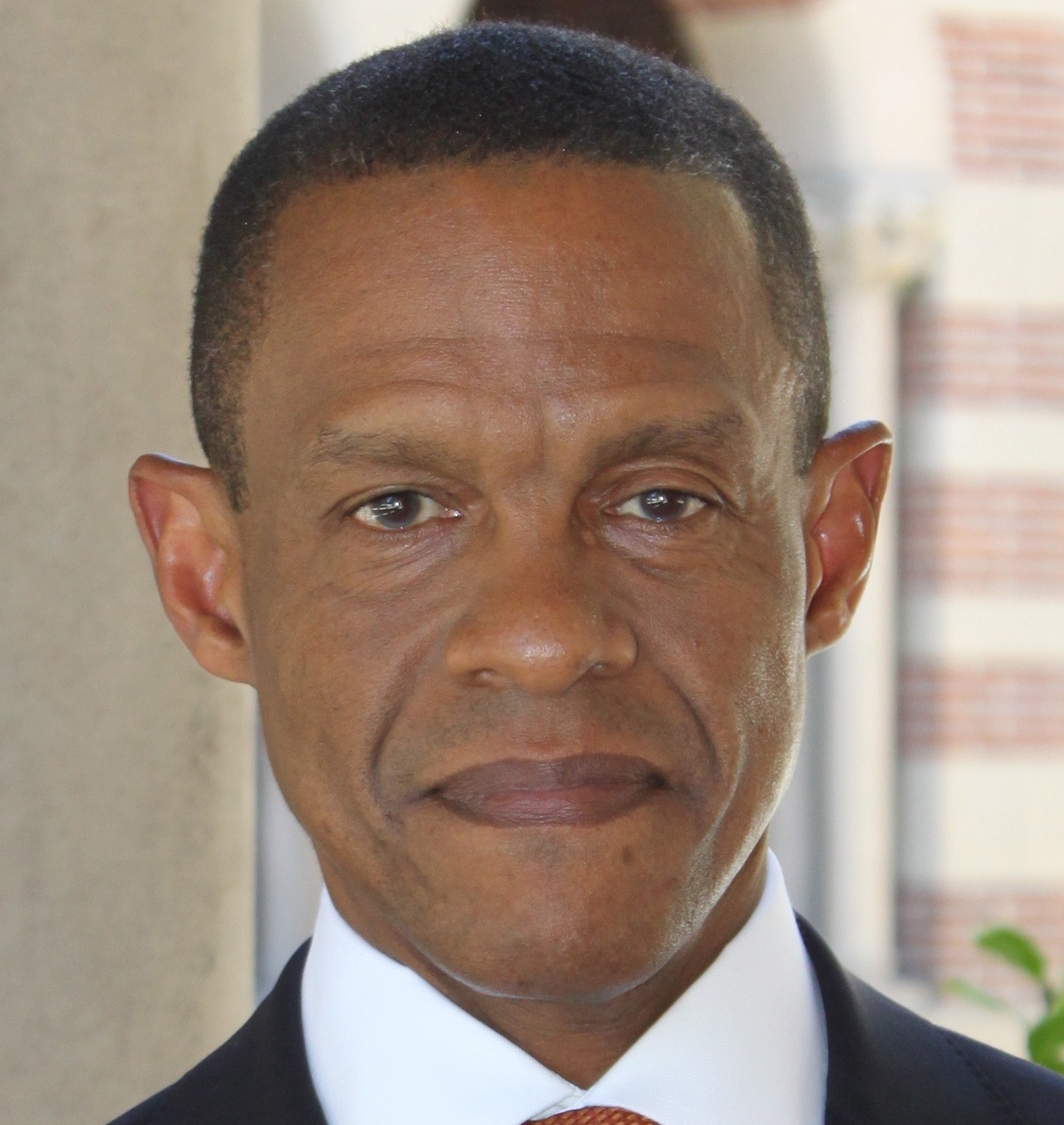America is getting smarter in its efforts to reduce the risk of a terror attack. Department of Homeland Security Secretary Janet Napolitano has dismissed the color-coded threat advisory system (a favorite target of late-night comedy) and replaced it with a two-tier National Terrorism Advisory System. The Secretary recently announced the launch of E-Verify, an innovative service that allows individuals in the U.S. to check their own employment eligibility status before seeking employment. And DHS has been active in rolling out the “See Something, Say Something” campaign, designed to incorporate public participation in our counterterrorism efforts.
Yet, these efforts, while noteworthy, do not eliminate the threats against our country. We are dealing with an intelligent adversary, the epitome of resilience. Indeed, al-Qaeda’s (AQ) adaptive capacity continues to serve it well. Just as we are improving our security posture and building best practices for citizens and communities, al-Qaeda also provides direction for its followers – Military Studies in the Jihad Against the Tyrants, The Al Qaeda Training Manual. It is a guide to the tactics, inspiration and legitimization of AQ operations. It also teaches terrorists how to avoid detection by our security initiatives, such as “See Something, Say Something.”
The Manual is organized in eighteen “lessons,” which walks the reader through an introduction, describing the principles, requirements and missions of a military organization, to direction and guidance to be followed if a “brother” lands in prison or a detention center awaiting trial. There are many counterterrorism questions one could ask, but the most obvious is, how did we get our hands on this manual?
In 1997, CNN terrorism analyst Peter Bergen conducted an interview with Osama bin Laden in the Tora Bora region of Afghanistan. Bergen knew bin Laden as a Saudi dissident who had declared war on the United States and led an organization connected to anti-American attacks throughout the Arabian Peninsula. As expected, bin Laden delivered an abhorrent discourse about the American presence in the Holy Land. Bergen departed, aired the interview and nothing happened.
The following year, ABC’s John Miller was the honored guest for a repeat performance of the bin Laden tirade. Bin Laden left little to the imagination, methodically pronouncing his justification for the ‘fatwa’ against “all Americans.” Unlike the interview with Bergen, bin Laden made good on his threat 90 days later – orchestrating the near-simultaneous bombings of United States embassies in Nairobi, Kenya and Dar es Salaam, Tanzania.
During the embassy bombings trial, Dr. Jerrold Post, a recognized expert on international terrorism, was asked to serve as an expert witness on the psychology of terrorism during the death penalty phase. The training manual was discovered and seized as evidence in May 2000 during a search of a home by British investigators in Manchester, England. The residence was that of Anas al-Liby, a fugitive charged in the bombing conspiracy and the180-page translation of the manual was provided to Dr. Post.
The manual has taught us a great deal about how AQ plans attacks. Masters of leveraging technology, terrorists understand the importance of remaining invisible during the planning phases of their plots. Acquiring important site information is now easily obtained online, and surveillance capabilities are enhanced through programs such as Google Earth. Public webcams have also been leveraged, as demonstrated in 2009 by Farooque Ahmed, who scouted subway stops along Washington, D.C.’s Metro system for terrorist attack.
Yet, eventually, attackers will visit the target. This is where the community becomes a critical element in our counterterrorism efforts. From the manual, we know how AQ operatives gather site information during the surveillance phase of their planning and avoid our “See Something, Say Something” efforts. Knowing this, we can better focus our collective watchfulness.
The “Twelfth Lesson: Espionage / Information-Gathering Using Covert Methods” instructs surveillants to gather critical site information, including detailed drawings and/or photographs. Drawings should be so detailed that a first-time viewer could visualize the location. Photos, preferably panoramic, should be printed (if necessary) at home, avoiding public photo venues that might report the image content to the local Joint Terrorism Task Force. Night photography is discouraged, as to not arouse suspicion. Close attention is paid to vehicular access and traffic design (to determine the feasibility of a truck bomb attack), parking locations, pedestrian volume, lighting, public areas and security presence.
Armed with this knowledge, citizens can employ a common-sense approach to “See Something, Say Something.” Ask yourself, would an artist draw what you see them sketching? Are the photos a person is taking something you would place in your vacation or family photo album? Give yourself the “reasonableness” test. Is it reasonable that the activity is likely tourist or terrorist in nature? Trust your intuition.
Community resilience to terrorism, facilitated by public education, has been effective in countries such as the United Kingdom and Israel and can be more fully engaged in the United States. Building resilience is an adaptive process, one that impacts community culture and can psychologically empower citizens to own a stake in the fight against terrorist threats and their consequences. Learning about our enemy – and teaching our citizenry about what we learn – is a critical first step to resisting attacks and should become an integral part of our overall homeland security strategy.
-
Kevin McCarthy
-
Erroll Southers
-
-
Anonymous
-
Firsteng


